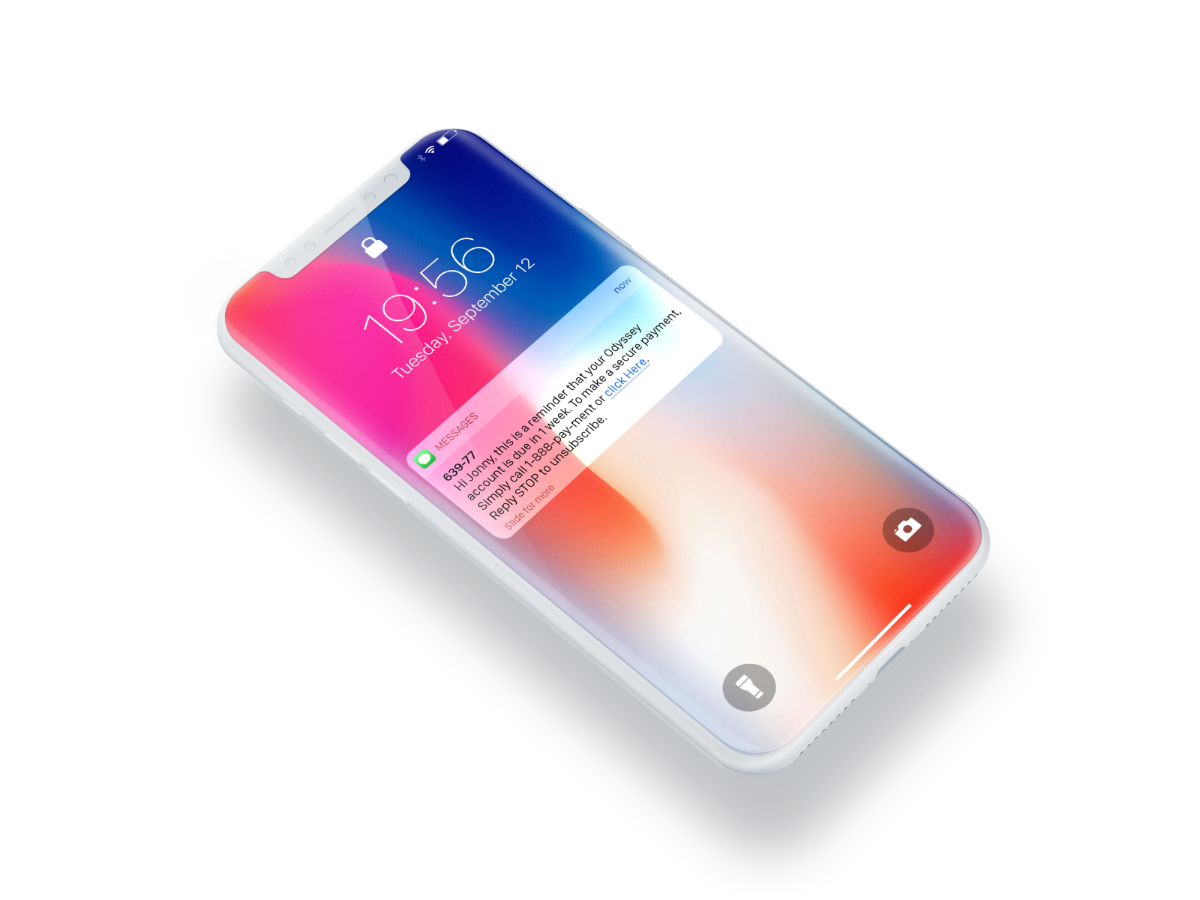How to add value to your SMS recipients.
How to add value to your SMS recipients. Most consumers prefer to receive an SMS from a company rather than any other form of media. Emails and voicemails can get easily ignored and deleted, but texts are practically impossible to miss thanks to notifications appearing instantly, and phones always being in hand. Opt-out rates for … Read more






